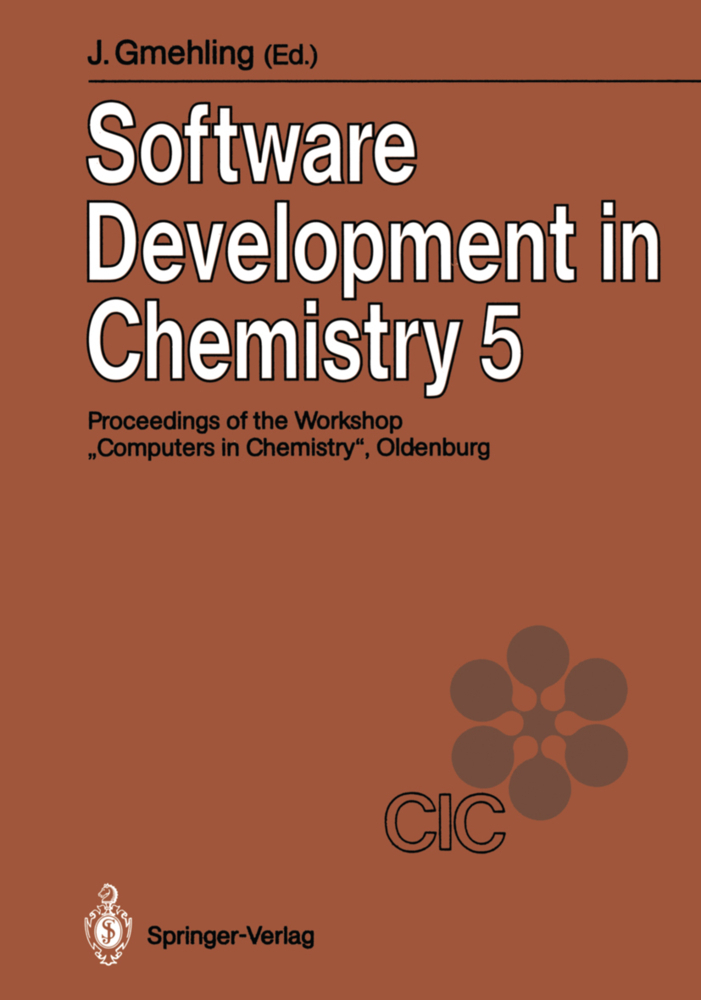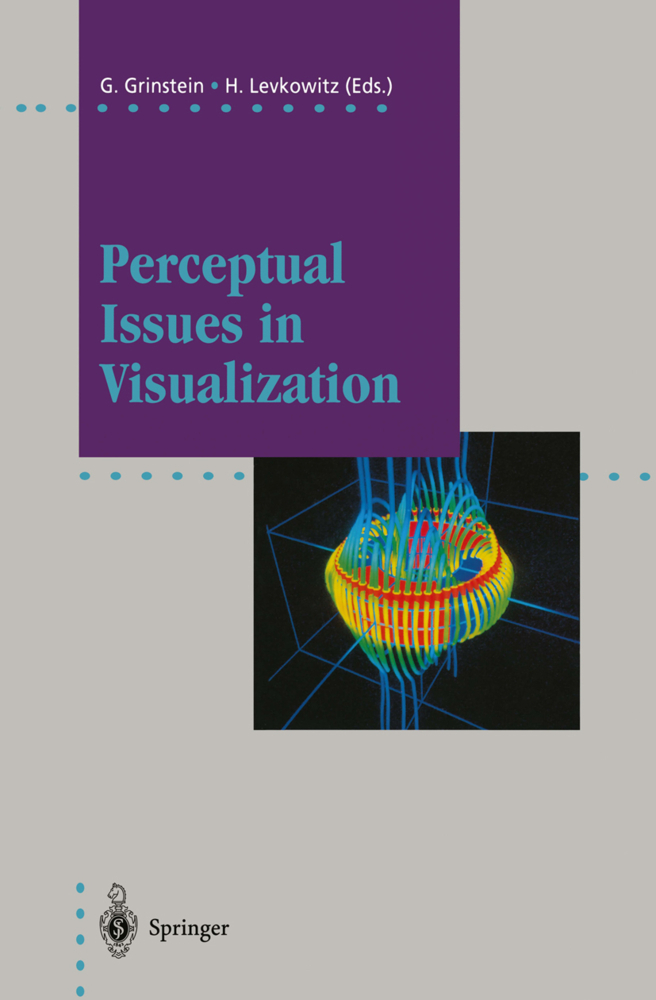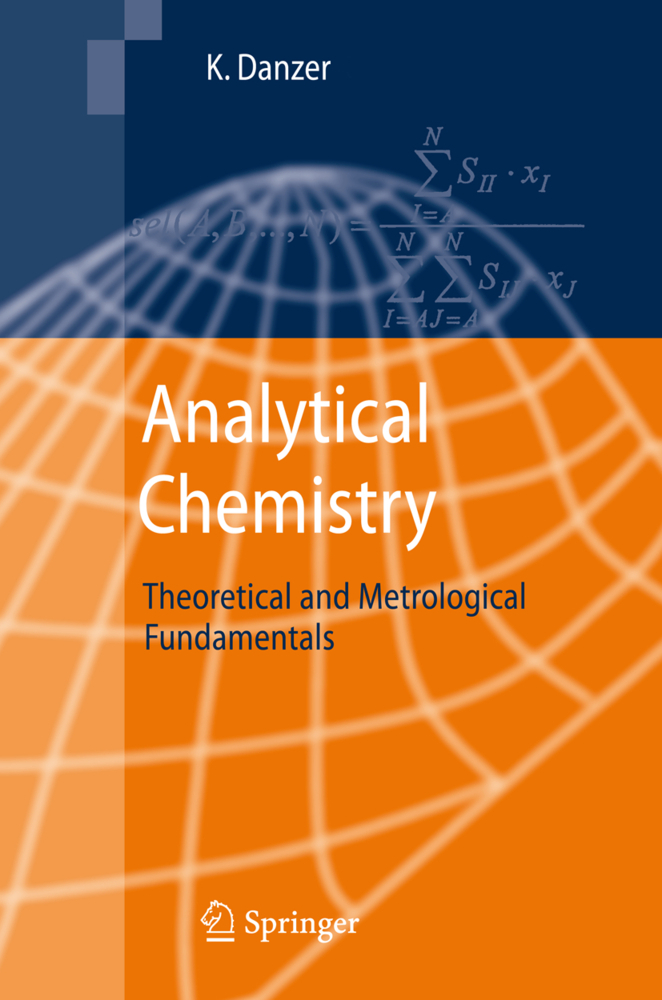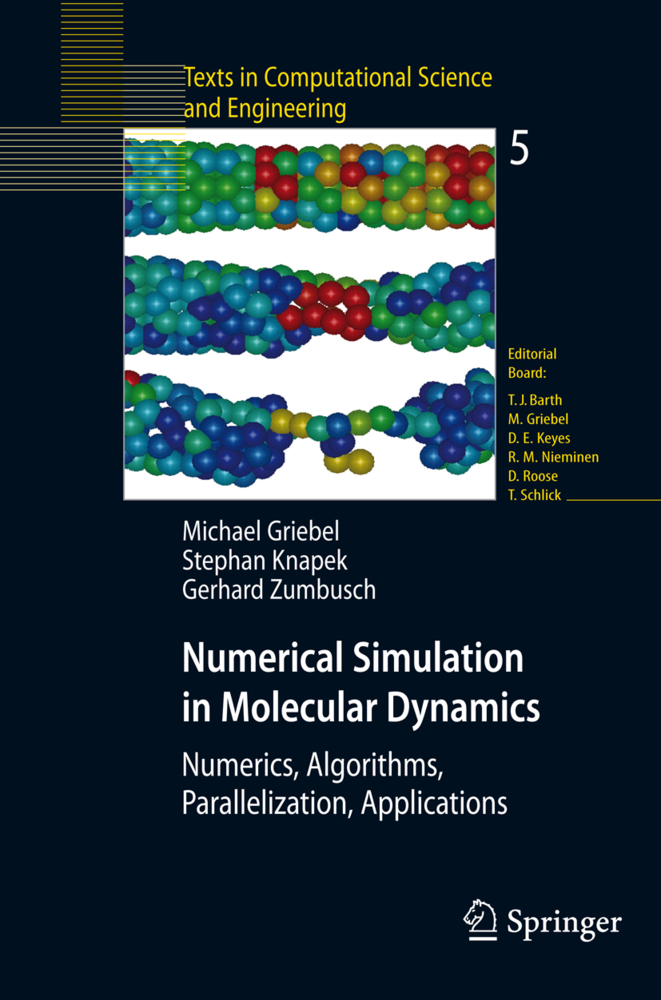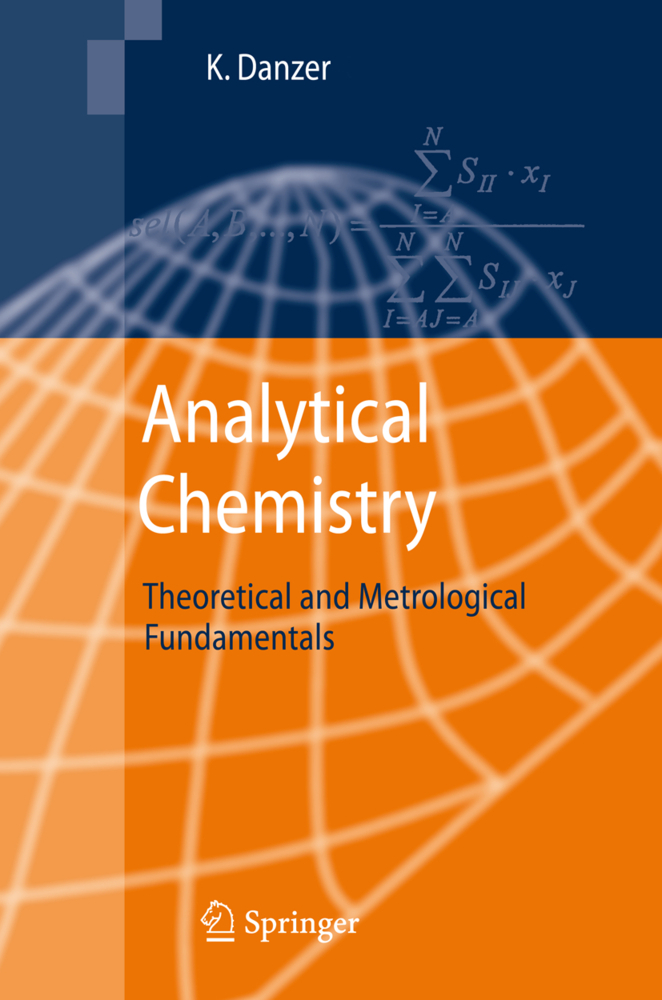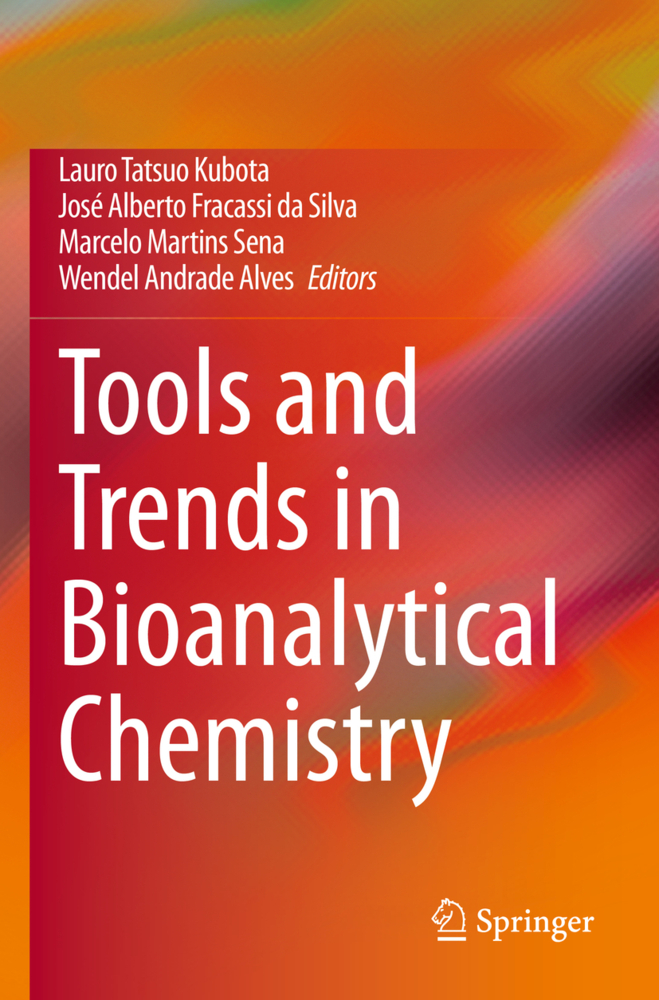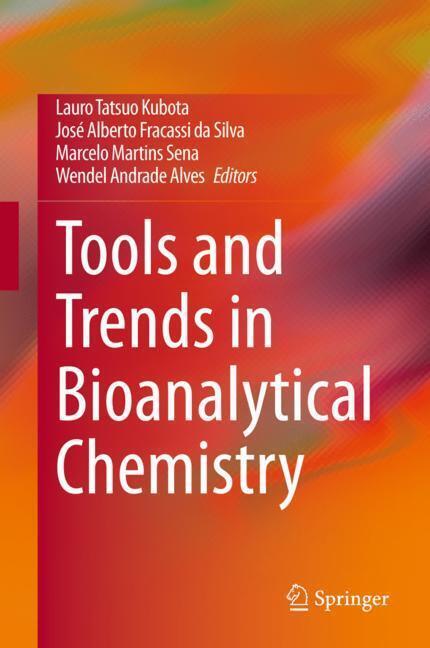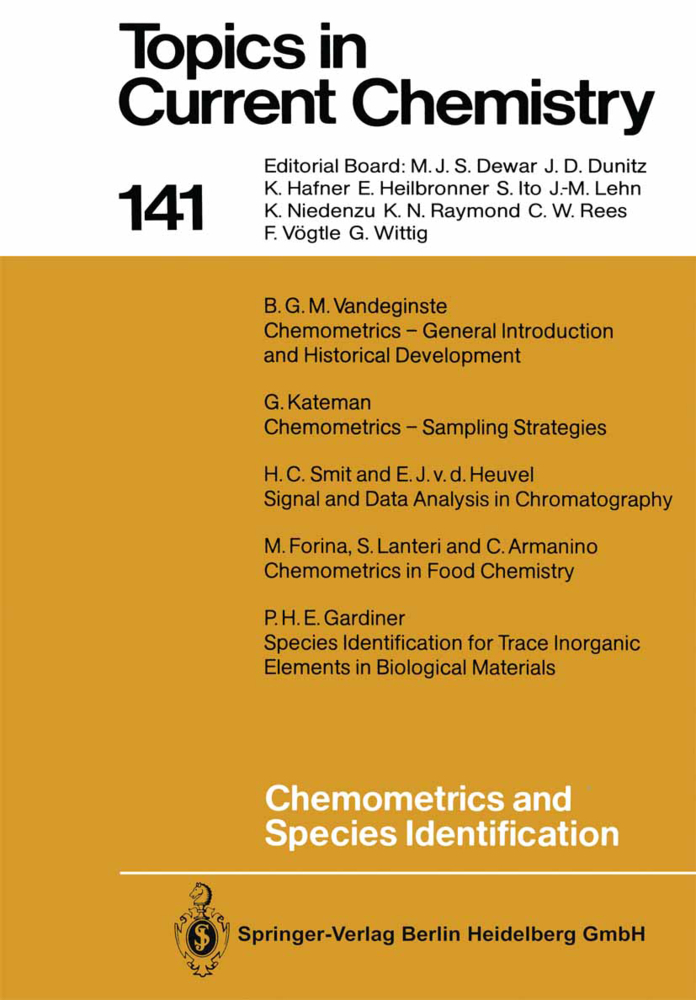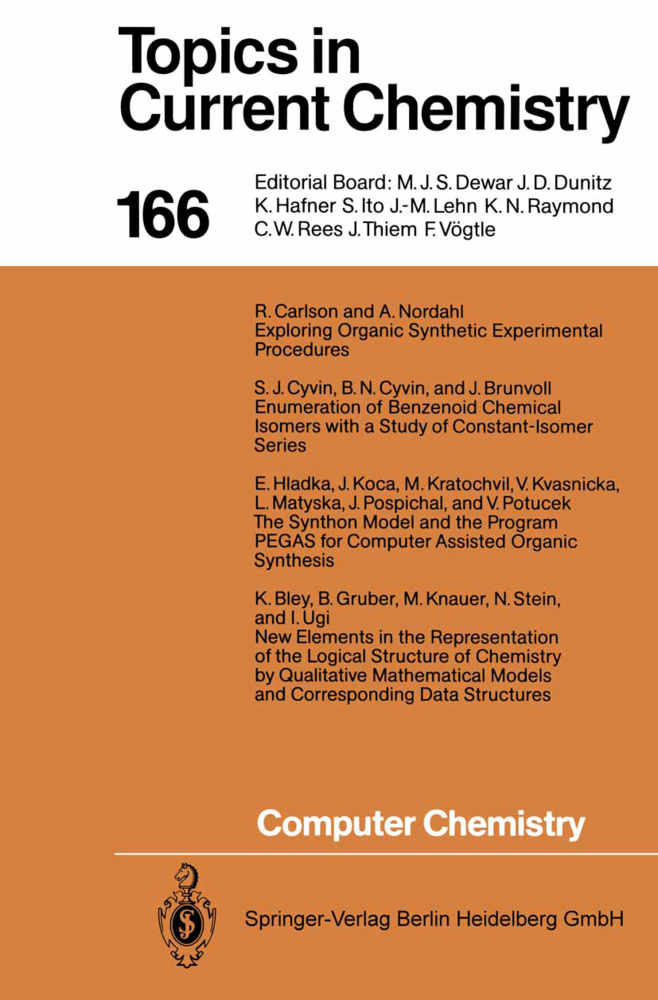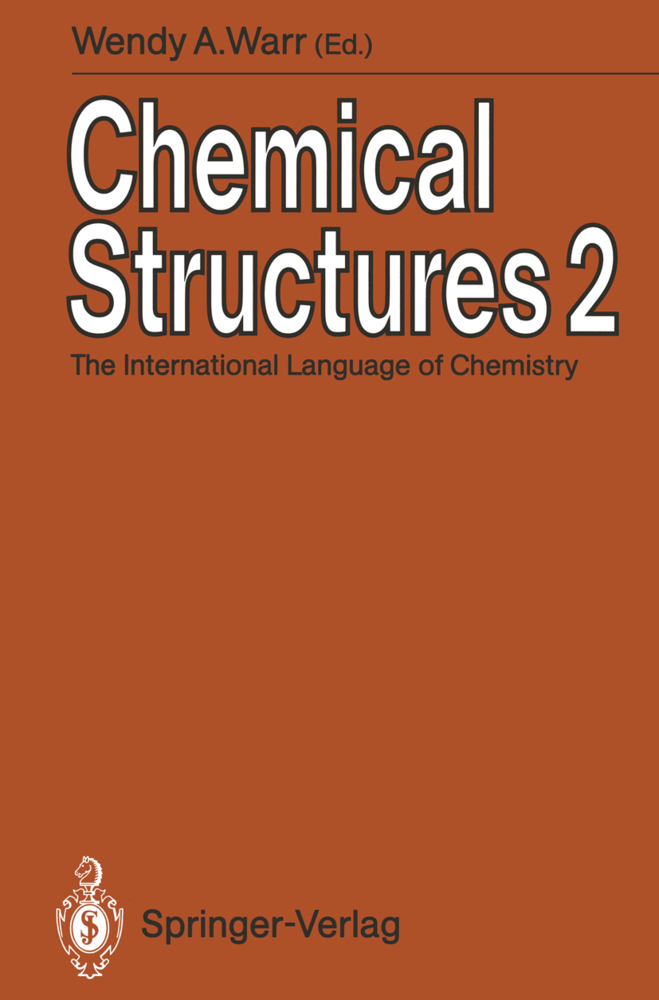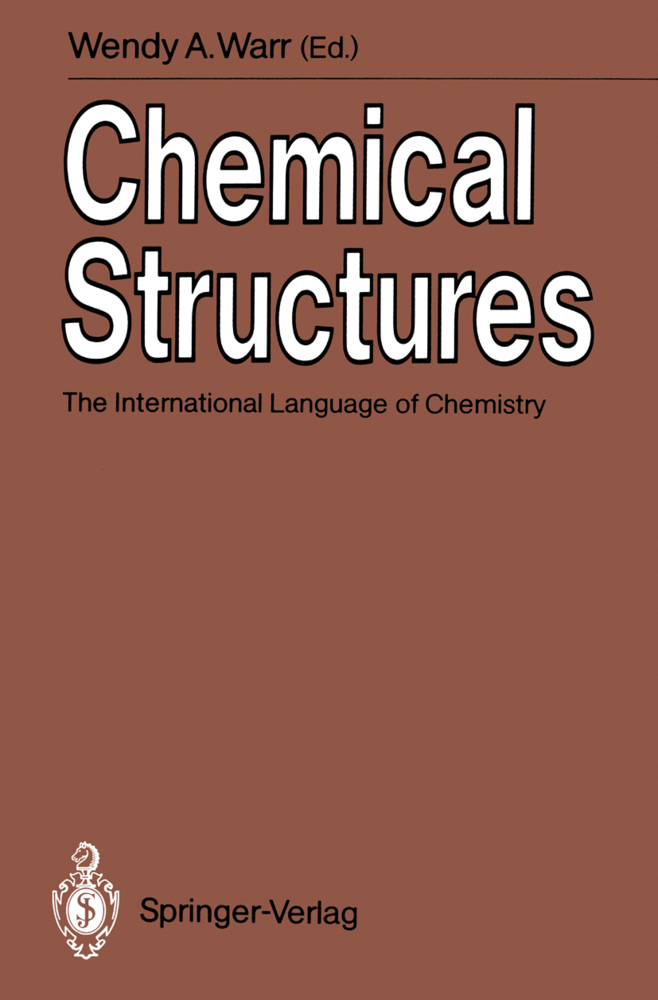Software Development in Chemistry 5
Proceedings of the 5th Workshop "Computers in Chemistry Oldenburg, November 21-23, 1990
Software Development in Chemistry 5
Proceedings of the 5th Workshop "Computers in Chemistry Oldenburg, November 21-23, 1990
Die Globalisierung von Wissenschaft und Wirtschaft hat die Fachinformation weltmarktpolitischen Aufgabe werden lassen. Der Rohstoff zu einer "Information" ist neben Boden. Arbeit und Kapital zum vierten Produktions faktor geworden. der mit Hilfe der Fachinformation erschlossen werden kann. Datur stehen nebeneinander die beiden Systeme Buch und Zeitschrift sowie Informationssystem und Datenbank zur Vertugung. Das Fachinformationsprogramm der Bundesregierung 1990 -1994 m6chte Wissenschaft und Wirtschaft zum Beschreiten dieser Wege zum Wissen der Welt anregen und sie'dabei unterstGtzen. Zur besseren Aussch6pfung aller zur Vertugung stehenden Informationsquel len setzt dieses neue Programm vor allem bei der Nutzungssteigerung in sowie in kleinen und mittleren Unternehmen an. Ein zweiter Hochschulen Schwerpunkt liegt auf der Bewaltigung der Informationsflut. Gerade die Chemieinformation bietet ein gutes Beispiel fur die Schaffung wechselseitiger Abhangigkeiten auf einem international fUhrenden Marktsegment. Ziel ist hier der Aufbau eines integrierten Chemieinformationssystems. In Thematik und Zielsetzung des 5. Workshops "Software-Entwicklung in der Chemie" in Oldenburg sehe ich eine bemerkenswerte UnterstGtzung des neuen Fachinformationsprogramms der Bundesregierung. Insbesondere wird dies deutlich bei den Schwerpunkten Fakten-und Struktur-Datenbanken, Spektroskopie. Moleki.ilmodellierung, Reaktionsvorhersage und Synthe seplanung. VI Ich freue mich, daB die Gesellschaft Deutscher Chemiker der standig wach senden Bedeutung der Computerchemie mit der Schaffung der Fachgruppe CIC -"Chemie-Informations-Computer" Rechnung getragen hat. Ihre Work shops sind mittlerweile ein wesentliches Forum fur den Erfahrungsaustausch von Wissenschaft und Industrie. Ich unterstUtze diese Bestrebungen beson ders durch die Forderung der Datenbanken BEILSTEIN, GMELlN, DETHERM und der Bereiche Reaktionen und Spektren sowie des wissenschaftlich-tech nischen Informationsnetzes STN International.
DDBPC: A Program System for the Management, Correlation and Calculation of Thermodynamic Properties of Pure Components and Mixtures
BDBT-BPBP-BPPT - Integrated System for Data Handling
Factual Databases
CHEMINFORM - An Integrated Production Process for the Building of a Reaction Database and the Publishing of a Printed Abstracts Service
CHEMSAFE - A Database for Safety Characteristic Data
Structure and Properties
Representation of Structure Description Arranged Linearly
Synthesis Planning Based upon the Similarity of Chemical Structures
Calculation of Heats of Formation for Organic Radicals and Cations
Matching of 2D and 3D Structure Descriptions in the Cambridge Crystallographic Data Files: Outline of the Method and some Applications
EVAL - A New Tool to Evaluate Topological Pharmacophores
Prediction of Chemical Carcinogenicity
Groups, Graphs and Isomers
Chemometrics
Development of Chemometric Detectors for Gas Chromatography/Mass Spectrometry by the Use of a Linear Mapping Method
MULTIVAR, PLANEX, INTERLAB - From a Collection of Algorithms to an Expert System: Statistics Software Written from Chemists for Chemists
Chemometry of Plasma Desorption Mass Spectrometry
Optical Sensors - Do They Require a Computer?
Validation by Automatisation: An Improved Method to Test Columns
Classification of Mass Spectral Data Using Neural Networks
Molecular Modelling
Calculation of Molecular Structures on Distributed Computer Systems by Use of Quantum Chemical and Vibrational Spectroscopic Methods
COSMOS- A PC-Program for Molecular Modelling, Crystallography and the Prediction ofMolecular Properties
Modelling of Physical and Chemical Processes of Polydisperse Aerosol Systems
Fast Generation of 3D-Structures with the Program MOL-CAD
Graphic Tools
Visualization Programs for Ab Initio Calculations
3D-KALOTTE, Three-Dimensional Presentation of Molecular Models on IBM Compatible Computers
The Beauty of the Graphical Structure Graph
HPGL-LOOK 3.0 - A HPGL Interpreter for Computer Displays.
Computer Application in Chemical Engineering
Development of Thermodynamic Models with a View to the Synthesis and Design of Separation ProcessesDDBPC: A Program System for the Management, Correlation and Calculation of Thermodynamic Properties of Pure Components and Mixtures
BDBT-BPBP-BPPT - Integrated System for Data Handling
Factual Databases
CHEMINFORM - An Integrated Production Process for the Building of a Reaction Database and the Publishing of a Printed Abstracts Service
CHEMSAFE - A Database for Safety Characteristic Data
Structure and Properties
Representation of Structure Description Arranged Linearly
Synthesis Planning Based upon the Similarity of Chemical Structures
Calculation of Heats of Formation for Organic Radicals and Cations
Matching of 2D and 3D Structure Descriptions in the Cambridge Crystallographic Data Files: Outline of the Method and some Applications
EVAL - A New Tool to Evaluate Topological Pharmacophores
Prediction of Chemical Carcinogenicity
Groups, Graphs and Isomers
Chemometrics
Development of Chemometric Detectors for Gas Chromatography/Mass Spectrometry by the Use of a Linear Mapping Method
MULTIVAR, PLANEX, INTERLAB - From a Collection of Algorithms to an Expert System: Statistics Software Written from Chemists for Chemists
Chemometry of Plasma Desorption Mass Spectrometry
Optical Sensors - Do They Require a Computer?
Validation by Automatisation: An Improved Method to Test Columns
Classification of Mass Spectral Data Using Neural Networks
Molecular Modelling
Calculation of Molecular Structures on Distributed Computer Systems by Use of Quantum Chemical and Vibrational Spectroscopic Methods
COSMOS- A PC-Program for Molecular Modelling, Crystallography and the Prediction ofMolecular Properties
Modelling of Physical and Chemical Processes of Polydisperse Aerosol Systems
Fast Generation of 3D-Structures with the Program MOL-CAD
Graphic Tools
Visualization Programs for Ab Initio Calculations
3D-KALOTTE, Three-Dimensional Presentation of Molecular Models on IBM Compatible Computers
The Beauty of the Graphical Structure Graph
HPGL-LOOK 3.0 - A HPGL Interpreter for Computer Displays.
Gmehling, Jürgen
| ISBN | 978-3-540-53532-4 |
|---|---|
| Medientyp | Buch |
| Copyrightjahr | 1991 |
| Verlag | Springer, Berlin |
| Umfang | XIII, 237 Seiten |
| Sprache | Englisch |

